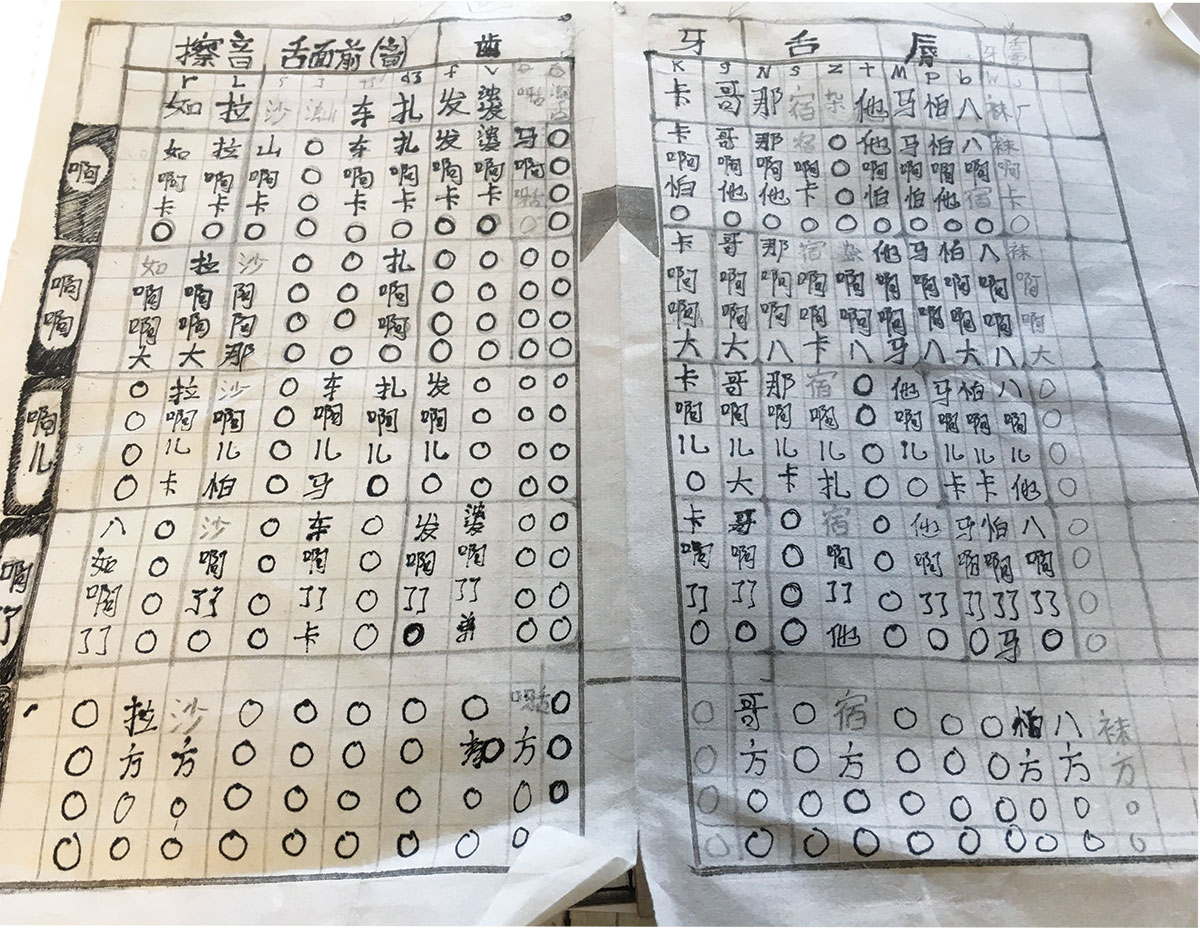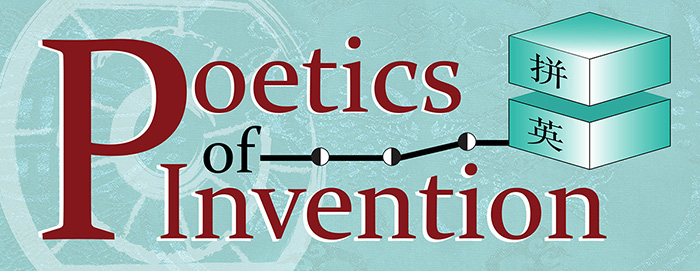How Did Comparative and Intercultural Thinking Lead to Pinying?
While English phonetics were not a popular concept until midway through the nineteenth century, the widespread study of Chinese phonetics can be traced back well over 1,000 years. But, more importantly, the solutions invented a millennium ago actually solve the problems that English learners in China have today.
虽然直到十九世纪中叶英语语音学才成为流行的概念,汉语语音学的广泛研究却可以追溯到一千多年前。更重要的是,这一千多年前所提出的解决方案实际上也可以解决今天中国的英语学习者所遇到的问题。
The history of English spelled out in Chinese characters can be traced back to a small book entitled Phrases of the Red Hair Barbarian, published in 1854 in Southern China. Professor Stalling used the same method to create his bilingual opera Yíngēlìshī, which was performed at Yunnan University in 2010.
用汉字来拼读英语的历史可以追溯到1854年在中国南方出版的一本题为《红毛通用番话》的小册子。史道林教授用相同的方法创作了他的双语戏剧“吟歌丽诗”,并于2010年在云南大学上演。
The opera took the form of a simple English phrase book that used Chinese characters to spell English in the following manner:
Gu De Mao Ning (Good Morning)
该戏剧采用了一种简单的英语习语手册的形式,即用汉字来拼读英语。如下所示:
古德猫宁(Good Morning)
Stalling created the opera to challenge the prejudice against Chinese forms of English by introducing a very different way of hearing the “accent” as beautiful poetry. The title of the work, Yíngēlìshī, sounds like the word “English” as it is often pronounced in China, but the characters 吟歌丽诗 mean “chanted songs, beautiful poetry.”
史道林用这部戏剧另辟蹊径地将“口音”转化成为动听的诗歌,从而极大地
挑战了对中式英语发音的偏见。该剧的名称《吟歌丽诗》听起来像在中文中“English”一词的发音,而“吟歌丽诗”的字面意为“吟唱的歌曲和美丽的诗歌”。
Not long after the opera was shared online in China, some teachers began using it to teach English. Stalling’s intentions for the opera as art, without practical application, was changed into curricula against his wishes. Continued use of Yíngēlìshī, as a teaching tool inspired him to explore how to create a more useful “Chinese-English interlanguage.” In 2011, he began a project to imagine how Chinese characters might have been used to spell English 1,000 years earlier in China. The result of that work became the “English Rime Tables” 英韵镜, a complete remapping of the English language using only the tools and concepts of the Song Dynasty, an era of Chinese history stretching from 960 to 1279 AD.
这部戏剧在中国网络热播不久,有些教师便开始用它来教授英语。史道林教授的初衷是将这种方法用于戏剧艺术而并无他途的。在此之后,开始慢慢开始向教学用途转变。随着 “吟歌丽诗”不断地被作为教学法来使用,他开始进一步探索如何才能创造一种更为实用的“汉英中介语”。随着2011年他开始的一项发掘一千年前的中国人是如何用汉字来拼读英语的研究项目,一种仅仅使用宋代(公元960至1279年)的工具和概念来对英语语言进行完整映射的方案——“英韵镜”得到问世。

First prototype of the English rime tables, 2011.



